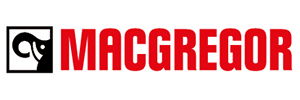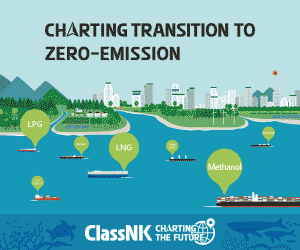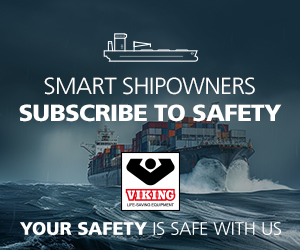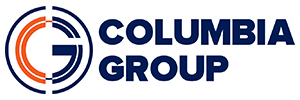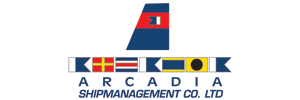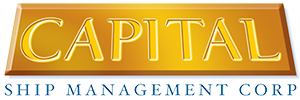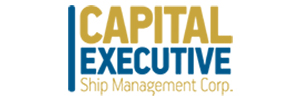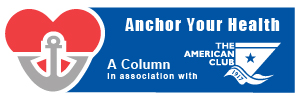NorthStandard on its first briefing of the series “The Right Crew” has highlighted the importance of attracting the right crew outlining practical strategies and considerations.
According to NorthStandard, the key to getting the ‘right’ crew is to filter out the ‘wrong’ crew starting with the selection process and continuing through recruitment. Before this can be done, the challenge is to attract a sufficient pool of crew from which the ‘right’ crew, with the personality, attitude, and experience to perform the job properly and consistently can be selected.
There are industry barriers to attracting crew and addressing the shortfall in the supply of officers. Improved training, more respect for seafaring as a career, and a more positive image for the maritime sector are some of the issues that need to be addressed if the industry is to attract better qualified young people to a career at sea, retain them, and then see them transition ashore to work in vital ‘support’ industries.
Tips for attracting the right crew:
#1 Focus on attracting quality leaders into key ranks
Starting individually with the Master and, if possible, expanding to include at least the ‘top four’ is recommended. Regardless of whether the crew is multi-national or single nationality, all shipboard teams require a strong leader capable of motivating the team to perform well and providing the pastoral care and guidance needed when working and living together onboard. It is well recognized that happy crews who feel part of an onboard family are likely to perform better and safer than poorly led groups of individuals. Effective onboard leadership is therefore very important. Content crews are more likely to recommend the vessel to their seafaring peers, potentially widening the talent pool.
#2 Healthcare
Healthcare for the seafarer and their family is generally a standard benefit. To attract quality crew, benefits beyond the standard may include: free childcare, free or subsidized child education, dedicated healthcare or social centers for crew families, payment of study leave, retainers while on leave or study leave, paid sick leave, competitive bonus schemes (monetary or shares), sabbaticals, free products, and an inclusive social media policy and provision.
#3 Social media
According to NorthStandard, an effective social media campaign can be a powerful tool to promote a company as an attractive career choice at sea. Beyond free individual email, offering onboard Wi-Fi and internet access that allows the use of personal email (rather than ship-specific email), satellite TV channels suited to multinational crews, and a website crew area with blogs is advisable. Active presence on platforms such as Twitter, Instagram, Facebook, Google+, YouTube and LinkedIn encourages crew to follow and share.
Since these platforms may not be internationally accessible, particularly in the main crew supply countries (China, Philippines, Russian Federation, Ukraine, and India), consideration should be given to platforms like Weibo (China’s equivalent of Facebook/Twitter), Youku and Tudou (China’s equivalents of YouTube), and Vkontakte (Russia’s equivalent of Facebook) to connect with crew of specific nationalities.
Adequate resources are necessary to keep the social media presence updated and attractive. Clear policies should ensure that social media access onboard does not conflict with any ‘no distractions’ rules.
#4 Press releases
Press releases designed to showcase the company and promote a positive image of the industry assist in attracting the right crew. The type of person sought will research the company website and media presence; those who do not research may fall into the ‘quantity’ rather than the ‘quality’ category.
#5 Proactive recruitment
Approaching known quality crew—identified individuals—directly with job offers is encouraged. This method may be especially effective for recruiting ‘top four’ quality leaders who are not promoted internally. While many approaches may not result in recruitment of those already satisfied with current employment, some may succeed or influence future decisions to change companies.
#6 Introduce a friend fee
Offering a referral bonus incentivizes current quality leaders to introduce potential candidates of similar caliber.
#7 Pay
The wage structure depends on factors such as the vessel sector, operating area, crew nationality mix, and demand for specific ranks. There is often pressure to keep wages as low as practicable, especially when vessel earnings are depressed. However, compensation cannot fall significantly below the sector/nationality average without risking difficulty in attracting the right crew, even when additional benefits are offered.
Decisions on pay have direct consequences on attracting and retaining the right crew. Offering average or above-average rates for the sector, plus extras, can have positive effects, while below-market pay can be detrimental. Awareness of market rates and competitor pay packages is essential to develop an attractive overall compensation package.
#8 Reduce the administrative burden
Excessive administration is recognized as time-consuming and can detract from the job. Reducing administrative burdens makes the position more attractive. For example, requiring ships to submit a fixed number of near-miss reports monthly regardless of actual occurrences generates unnecessary paperwork, potentially undermining safety by treating near misses as a bureaucratic exercise rather than an opportunity for learning and improvement. Any effort to reduce or streamline administration improves the onboard work environment.
#9 Empower the Master and crew to run the ship
Most people respond positively to responsibility and enjoy feeling in control of their work. The Master’s role is more attractive and rewarding if budget control is shared with the crew and supported by a superintendent. This fosters a sense of ownership and encourages retention by making the role aspirational. Junior ranks are more likely to remain onboard if they see clear progression with respect and status.
Assigning crew to specific ships encourages familiarity and stability. Starting with pairing Masters on dedicated ships, allowing them to share operational control and budget decisions within agreed guidelines, is suggested. This approach can be extended to the ‘top four’ ranks. If recruitment and selection are effective, there is trust that the right crew will perform their duties well without excessive oversight.
#10 Job adverts
Job adverts should avoid the ‘rank to be filled’ format. While the rank and a competitive salary should be mentioned, benefits and career opportunities should also be highlighted.
Career seafarers, some of whom will later fill important onshore company roles, are attracted to jobs offering:
- A clear career path encouraging long-term commitment
- Respect through a positive industry image
- Status recognizing the contribution of all crew, beyond simply filling a rank
- Above-average benefits reflecting a successful fleet and shared success
- Pastoral care fostering inclusion in an onboard family












































